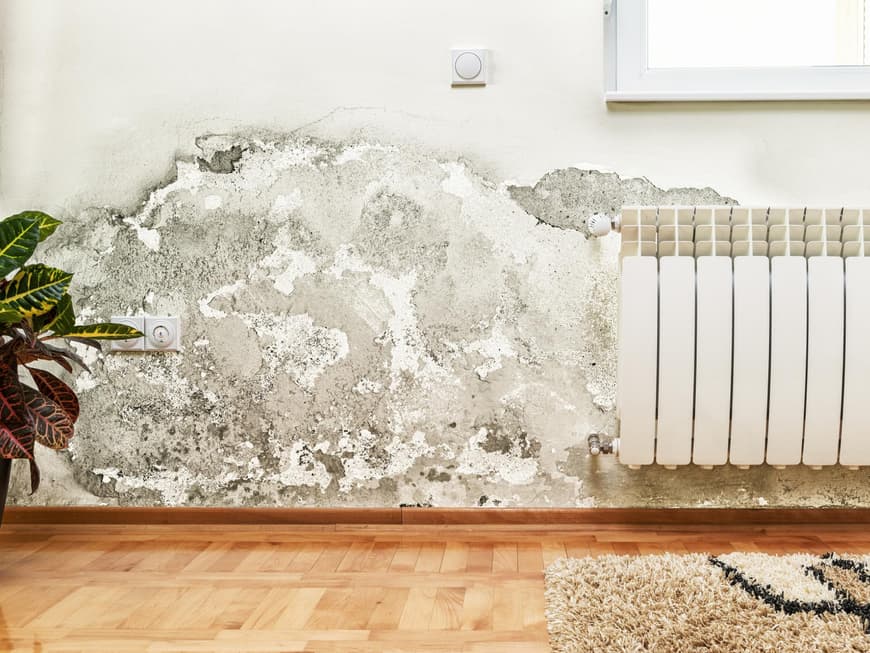
A major point of contention between tenants and landlords on the sensitive topic of "mold in rented apartments" is always the question of correct ventilation and heating. To avoid excessive humidity (over 55 percent, measurable with a hygrometer, from approx. 15 euros), five minutes of airing in the morning and evening is the be-all and end-all. To do this, open the windows wide.
Important: heat the entire home
To save heating costs, it is sufficient to lower the temperature in the rooms by about one degree. Ideal temperatures are between 19 and 21 degrees in living rooms and 17 to 18 degrees in bedrooms - the temperature should not drop below this! It is a big mistake not to heat a room at all. This is because condensation easily forms on cold walls, leading to the dreaded formation of mold. A lot of moisture is transported outside through ventilation. But what should you do if mold forms anyway? Good to know: Mold is more likely to form on wallpaper (including woodchip) than on plastered walls.
Remove minor mold infestation in the rented apartment yourself
You can tackle a small infestation in a corner or black joints in the bathroom yourself. Important: Never rub a dry cloth over the mold stains, as this will only stir up the spores. Wear a face mask and gloves. Tip: Experts advise removing mold with 70% alcohol (pharmacy), as chlorine-based products are also harmful to health. This is how it works: Dab on the stains, leave for half an hour, then rub off with an alcohol-soaked cloth. If the mold keeps reappearing and the spots "grow", inform your landlord immediately. Ask them to remedy the situation and set a deadline. "If an expert determines that building defects are the cause, you can reduce the rent until the damage has been repaired," says Ulrich Ropertz from the German Tenants' Association. If the cause remains disputed, you can reduce the rent "conditionally" by at least 10 percent.
